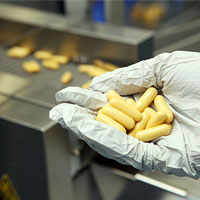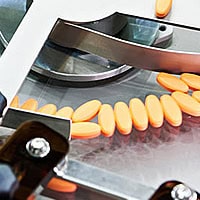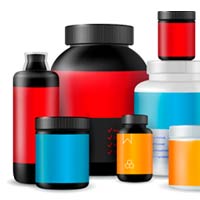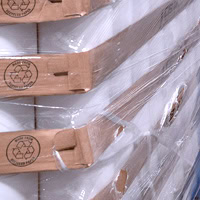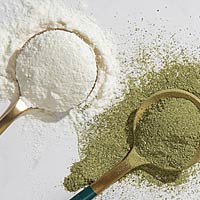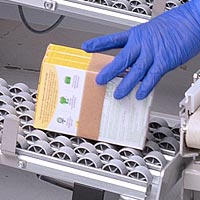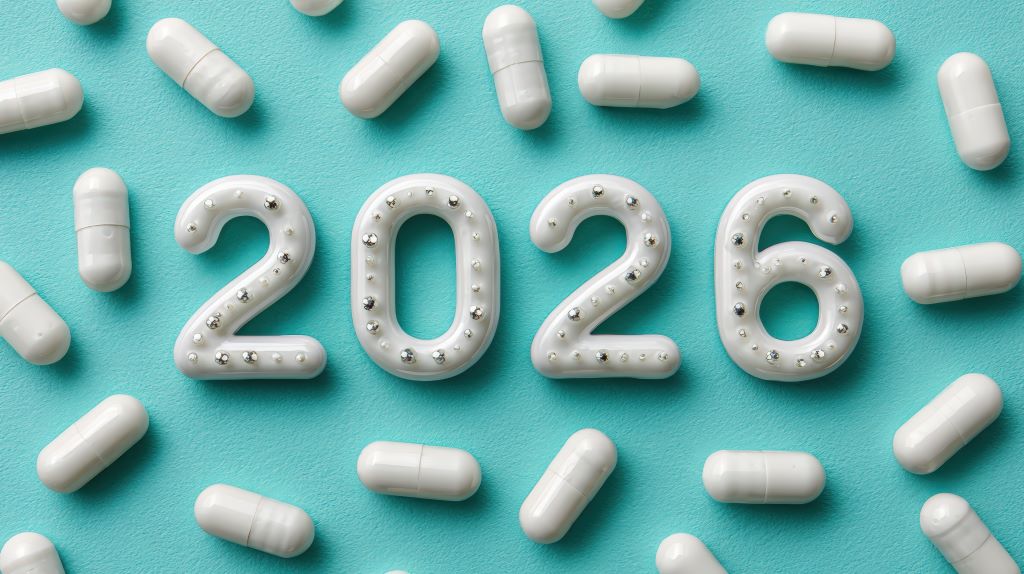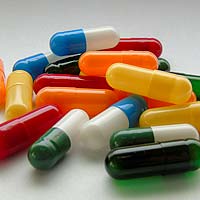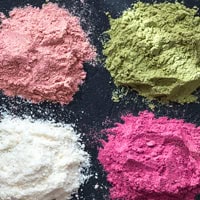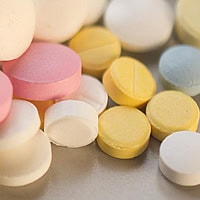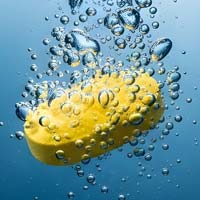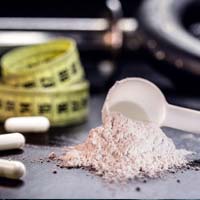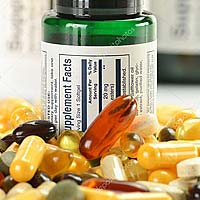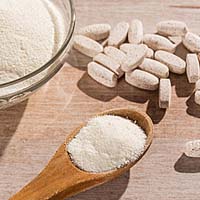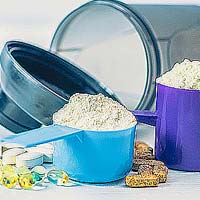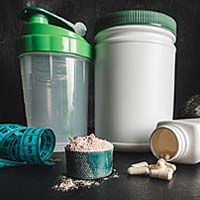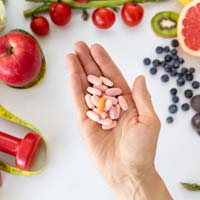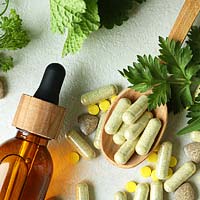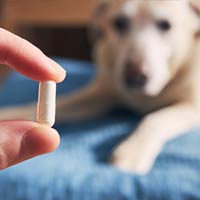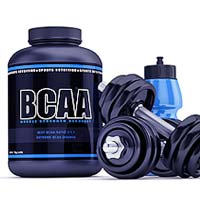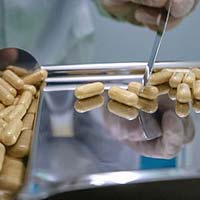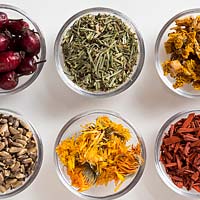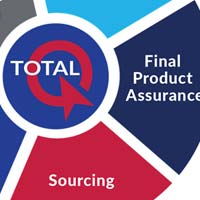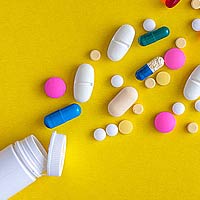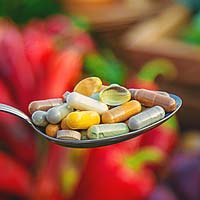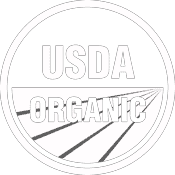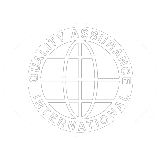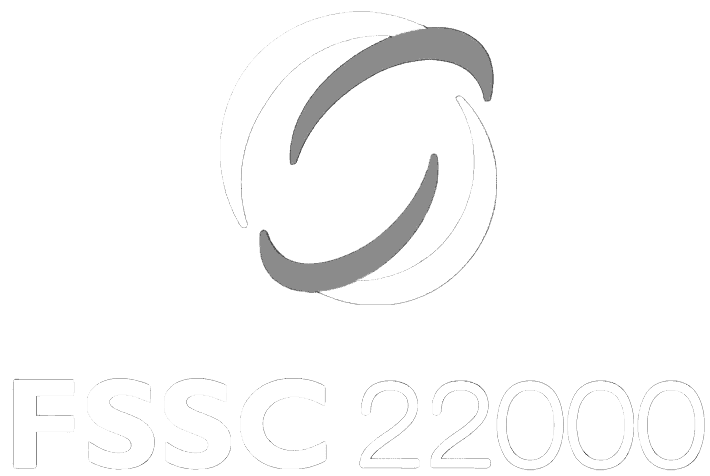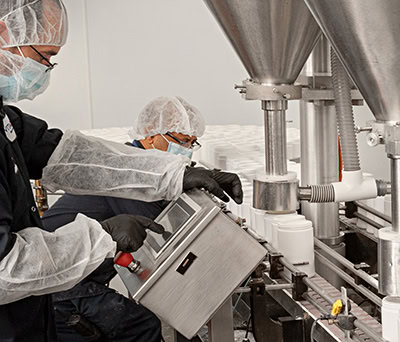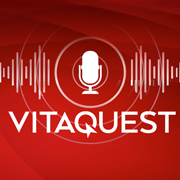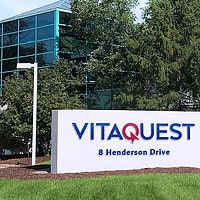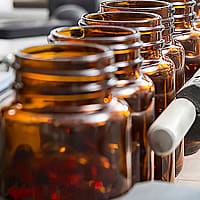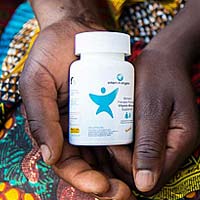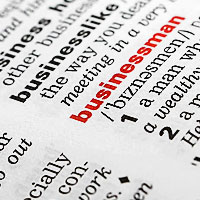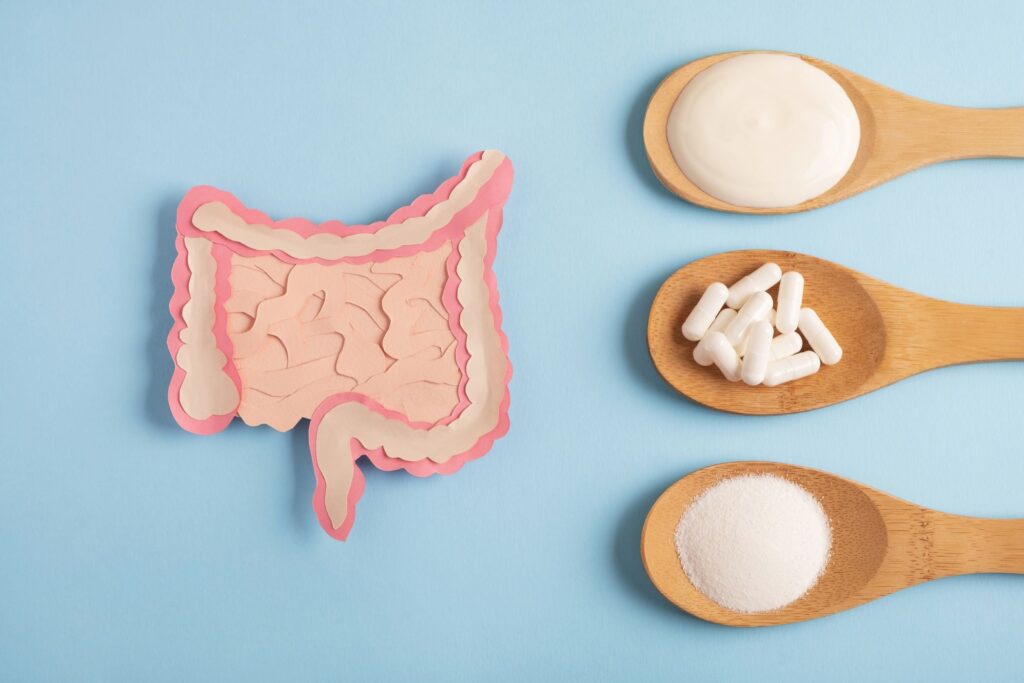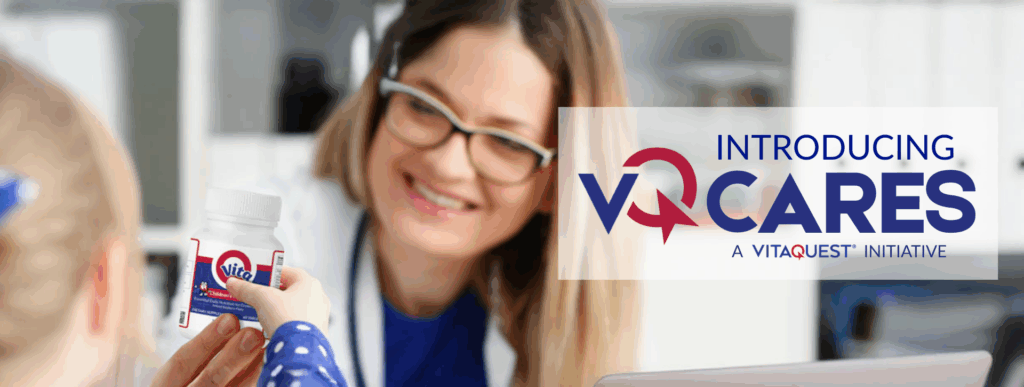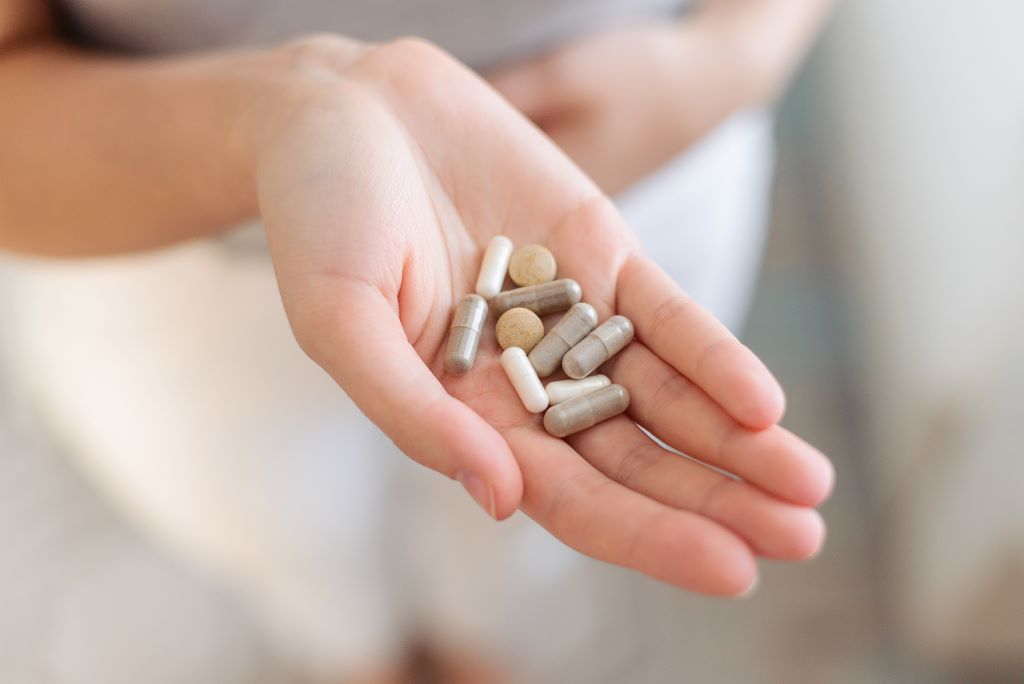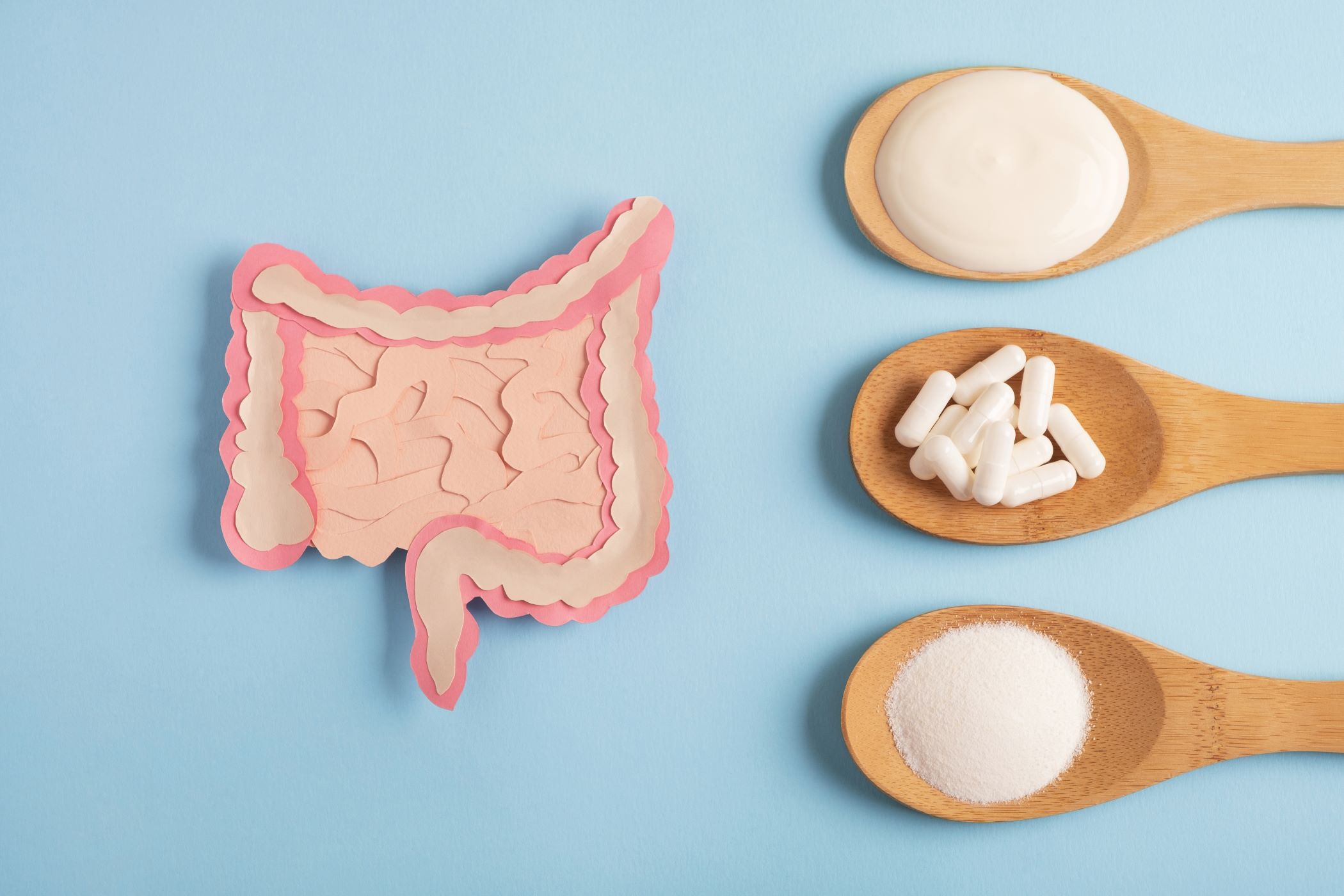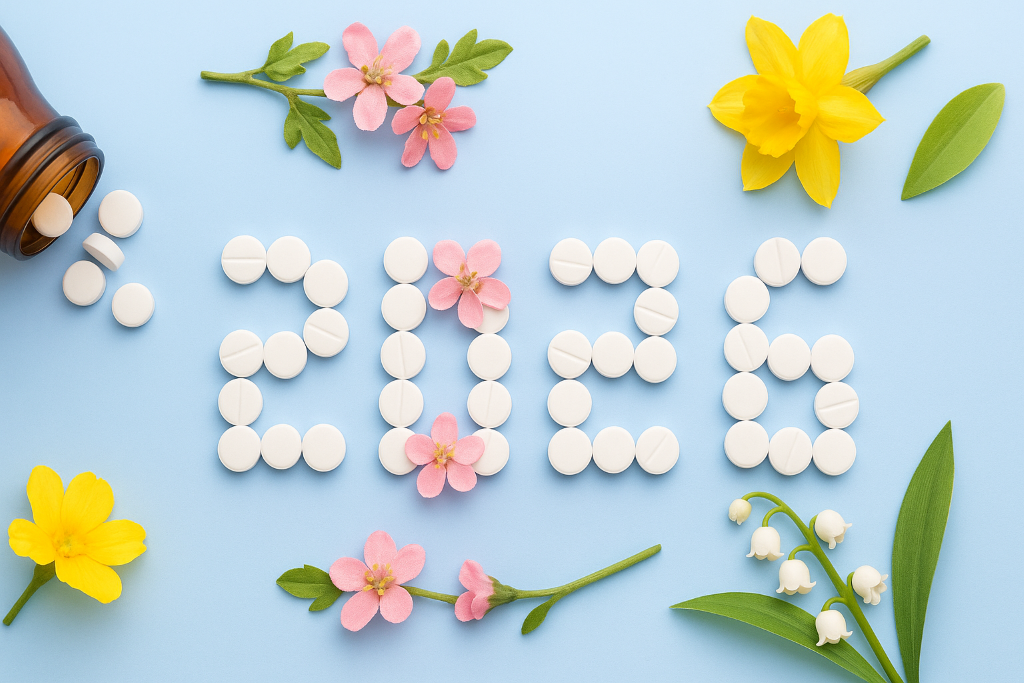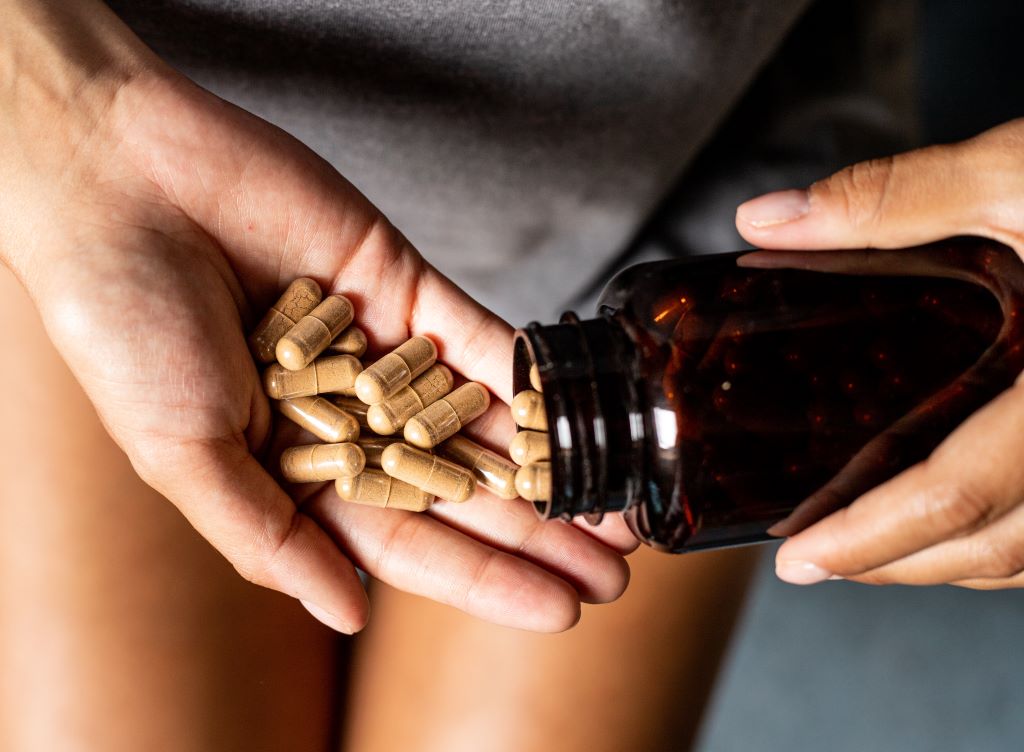Solid dosage forms, such as tablets and capsules, offer unique advantages compared to other delivery forms like gummies, candies, liquids, powders, and oral strips. These forms continue to grow in popularity; the global market for oral solid dosage forms, including pharmaceuticals, was valued at $524.6 billion in 2021 and is projected to exceed $1.03 trillion by 2032, with a compounded annual growth rate (CAGR) of 6.4%.
This article will explore the various solid dosage formulation options and help you determine which might be the best fit for your dietary supplements.
Exploring Different Solid Dosage Forms
There are several solid dosage form examples. These include capsules, tablets, chewable tablets, effervescent tablets, quick melts, and lozenges. Below is a discussion of each of these solid dosage forms.
Capsules
Capsules offer numerous advantages, including stability, ease of handling, precise dosing, and no need for preservatives. When using microencapsulated ingredients, capsules can also be designed for controlled or delayed release, enhancing bioavailability and improving dosage convenience.
Additionally, capsules are highly effective at masking the bitter or unpleasant flavors of certain ingredients. Their smooth texture further contributes to making them easy to swallow.
In the case of two-piece hard-shell capsules, the smaller half is filled with the formulation and securely joined with the larger half. These capsules are particularly well-suited for powdered nutraceuticals.
The pros and cons of two-piece hard-shell capsules include:
- Pro – Users won’t taste bitter or unpleasant ingredients.
- Pro – Available in gelatin, vegetarian, and organic forms.
- Pro – Delayed-release nutraceutical beadlets can be included within the capsules.
- Pro – Enteric coating is available to protect against breakdown in the stomach.
- Pro – Precise dosage and consistent formulation.
- Pro – Binders are not required.
- Pro – Long shelf life and stability.
- Pro – Suitable for a wide range of ingredients.
- Con – Generally contains a lower dose of nutraceuticals than tablets.
- Con – Very large capsules may still be difficult to swallow.
Softgels
Softgels are typically filled with oils or active ingredients that have been suspended or dissolved in oils.
The pros and cons of softgels include:
- Pro – Available in both gelatin and vegetarian forms.
- Pro – Precise dosage and consistent formulation.
- Con – Generally contains a lower dose of nutraceuticals than tablets.
- Con – May have a mild taste from the softgel casing.
- Con – Often contains animal ingredients (e.g., gelatin).
Tablets
The popularity of tablets as solid dosage forms is second only to capsules. Tablets are made by compressing powders or granules of nutraceuticals and excipients into a solid form. Tablets can come in many different shapes, sizes, and weights, depending on their intended use, and undergo the additional manufacturing step of coating to make the tablet smooth and easier to swallow. Coatings may also include a color element.
Another advantage of tablets is their capacity to deliver higher doses of nutraceuticals compared to capsules. Additionally, tablets can be scored for easy splitting, allowing for smaller, more manageable portions that are easier to swallow. Like capsules, tablets can also be formulated for controlled or extended-release functionalities. Moreover, they are versatile enough to be produced in chewable, effervescent, quick melt, and lozenge forms, as outlined below.
The pros and cons of tablets include:
- Pro – Users won’t taste bitter or unpleasant ingredients.
- Pro – Can be manufactured to meet vegan requirements.
- Pro – Precise dosage and consistent formulation.
- Pro – Customizable tablet shapes and color coatings.
- Pro – Long shelf life and stability.
- Pro – Suitable for a wide range of ingredients.
- Pro – Certain tablets may be split or crushed for easier swallowing.
- Pro – Generally contains a higher dose of nutraceuticals compared to capsules.
- Con – Bitter or unpleasant tastes may be more noticeable.
Chewable Tablets
Chewable tablets are specially formulated to deliver a combination of vitamins, minerals, and other nutraceuticals with appealing flavor options, flexible sweetening choices, a pleasant mouthfeel, and reliable stability. Chewable tablets may be produced in different sizes and shapes to accommodate a wide range of nutraceutical doses and a pleasing aesthetic appearance. The scientific journal, Systemic Reviews in Pharmacy, has this to say about chewable tablets:
“Chewable tablets are versatile dosage forms that combine the manufacturing and stability advantages of solid dosage products while offering beneficial organoleptic [flavor/taste] and administration benefits.”1Antil A, Kahiy M, Tomar D. An Overview on Efficacy of Chewable Tablets in Improving Oral Drug Delivery. Systemic Reviews in Pharmacy. 2023; 14(9): 571-7.
As with any oral delivery form that the user will taste, some nutraceuticals with bitter or otherwise undesirable taste characteristics may not always work well in chewable tablets—although using bitter masking agents and specific flavors may help compensate in these instances.
The pros and cons of chewable tablets include:
- Pro – Suitable for individuals who have difficulty swallowing pills.
- Pro – Can be manufactured to meet vegan requirements.
- Pro – Added flavoring may make taking the supplement more appealing.
- Pro – Precise dosage and consistent formulation.
- Con – May contain artificial colors, flavors, and/or sweeteners (although natural options are available).
- Con – Bitter or unpleasant tastes may be more noticeable.
Effervescent Tablets
Effervescent tablets are designed to release carbon dioxide upon contact with water, giving them their characteristic fizzing effect and promoting their disintegration. Within a couple of minutes, the tablets completely dissolve, and the nutraceuticals provided become available in solution. Microencapsulated and controlled-release effervescent tablets offer the potential for faster absorption of the active ingredients. The opportunity to improve taste, gentle action on the stomach, and more consumer appeal have made effervescent tablets a popular choice. An advantage to effervescent tablets is that they can contain substantial amounts of active ingredients due to their drinkable form.
As with chewable tablets, some nutraceuticals with bitter or other undesirable taste characteristics may not always work well in effervescent tablets. Likewise, ingredients with a higher moisture content or that may easily absorb moisture may not work well in effervescent tablets since the moisture may deactivate the fizz.
Fast-Melts & Lozenges
Fast-melts and lozenges are orally disintegrating tablets. Fast-melt tablets dissolve quickly in the mouth (generally in one minute or less) without water. Likewise, lozenges are tablets designed to dissolve in the mouth (generally within a few minutes). As with chewables, this makes fast melts and lozenges easy to swallow and a great alternative delivery form for people with difficulty swallowing pills or with pill fatigue.
Fast melts and lozenges require minimal sugar and deliver a pleasant mouthfeel. Another benefit is the wide range of flavors that can be used with these formats—a versatility shared by chewables, too.
Another advantage of fast-melts and lozenges is bioavailability. Some research has demonstrated enhanced bioavailability with orally disintegrating tablets (ODT). One study found that when used in ODT form, vitamin B12 had good bioavailability, raising serum levels by as much as four-fold2Delpre G. Sublingual therapy for cobalamin deficiency as an alternative to oral and parenteral cobalamin Supplementation. Lancet. 1999;354:740-750.. A similar human study3Sharabi A, Cohen E, Sulkes J, Garty M. Replacement therapy for vitamin B12 deficiency: comparison between the sublingual and oral route. Br J Clin Pharmacol. 2003 Dec;56(6):635-8. also found that the ODT delivery form increased serum concentrations by about three-fold. Good results were also seen with an ODT melatonin.4SaberMoghaddam M, Sheybani S, Bakhtiari E, Shakiba M. The Effect of Preoperative Sublingual Melatonin on Postoperative Pain Severity in Patients Undergoing Colorectal Surgery: A Triple-Blinded Randomized Trial. Med J Islam Repub Iran. 2022 Aug 10;36:90. Other ODT nutraceuticals may also have good bioavailability.
When rapid dissolution of the nutraceutical payload is a priority, fast melts are the optimal choice. Conversely, if you prefer the payload to linger in the mouth for a bit longer—such as with zinc or specific oral probiotics—lozenges are the preferred option.
Like chewable and effervescent tablets, some nutraceuticals with bitter or otherwise undesirable taste profiles may not always be compatible with fast melts or lozenges.
Trends in Solid Dosage Manufacturing
Naturally there are consumer considerations for delivery form preference52020 CRN Consumer Survey on Dietary supplements.:

Capsules and tablets are both popular options in the supplement industry, though market trends for each vary depending on generational preferences6Nutrition Business Journal, Delivery Format Special Report (US consumers who frequently take supplements), 2023:
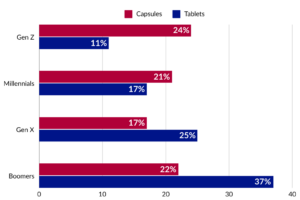
It should be noted that chewable tablets are also popular. Consider that the global size of the chewable vitamins and supplements market was $4.7 billion in 2021 and is projected to reach $6.3 billion by 2027 with a CAGR of 5.01% during the forecast period7Chewable vitamins and supplements market report overview. Business Research Insights. Retrieved July 30, 2024 from https://www.businessresearchinsights.com/market-reports/chewable-vitamins-and-supplements-market-109227..
While specific data on fast melts and lozenges as dietary supplement oral solid dosage forms is currently lacking, increasing customer demand for these options suggests they are also growing in popularity.
How to Choose the Best Solid Dose Form for Your Supplement Formulation
When choosing the best solid-dose manufacturing option for your dietary supplement, there are several criteria to consider:
- Dose range of active ingredients – If the active ingredients in your formulation require a relatively high dosage level, then it is best to utilize capsules or tablets. Tablets will accommodate the highest dose for the lowest number of pills, with capsules following a close second.
- Bioavailability – While all the oral solid dosage forms explained in this article have good bioavailability, fast melts, and lozenges offer quicker disintegration with an extra degree of bioavailability for nutraceuticals like vitamin B12 and melatonin. Likewise, microencapsulated ingredients can be included in encapsulated and effervescent products to offer controlled or delayed release options, thereby improving bioavailability and dosage convenience.
- Stability/shelf life – If manufactured correctly, all of the oral solid dosage forms have good stability/shelf life. However, in those situations when you wish to maximize stability/shelf life, capsules are best, followed closely by tablets.
- Taste and texture – Chewables, melts, and lozenges significantly influence the taste experience for users. When nutraceuticals possess bitter or otherwise unpalatable flavors, effectively masking these tastes can be challenging. In such instances, capsules often provide a more straightforward solution. Among these formats, melts are generally favored for their appealing texture and mouthfeel.
- Cost-Effectiveness – Capsules, followed by tablets, offer the greatest cost-effectiveness.
- Consumer preference – Consumer preference for oral solid dosage forms depends a great deal on the target population. Boomers tend to prefer capsules and tablets, while younger generations are more likely to prefer alternative delivery forms like melts.
- Production complexity – Oral solid dosage forms that require flavors and sweeteners, such as chewables, melts and lozenges, involve greater production complexity. Softgel production is also more complex. Capsules and tablets have the least production complexity.
Conclusion
Solid dosage forms, like capsules, tablets, chewables, effervescent tablets, quick melts, and lozenges, are becoming more popular because they offer specific benefits. Each of these oral solid dosage forms has advantages, so it’s important to weigh these differences when choosing the best option for your supplement.
A good contract development and manufacturing organization (CDMO) can help you choose the best solid dosage forms for your products. Vitaquest is a CDMO that has provided nutraceutical businesses with best-in-class supplement formulation design, contract manufacturing, packaging, particle and powder engineering using fluid bed, oscillation, and roll compaction technologies, and fulfillment services for over 45 years. Whether you’re a newcomer to the industry or aiming to diversify your product range, Vitaquest possesses the expertise, cutting-edge facilities, and solutions needed to swiftly and effectively turn your solid dosage formulation concept into reality, with a focus on the right oral solid dosage form for your products.
Vitaquest also has expertise in domestic and international regulatory standards. We are GMP-certified by NSF, assuring brand owners and consumers about our compliance with industry regulations and standards. In addition, Vitaquest can offer Kosher, Halal, and certified organic products, and FSSC 22000 certification for food safety.
Are you ready to move forward with creating high-quality oral solid dosage forms for your brand? If so, call 800-526-9095 to speak with one of our knowledgeable sales executives or request a competitive nutraceutical manufacturing price quote if you’ve already finalized your project requirements!

